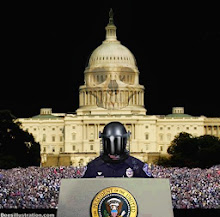
25 June 2008
from NewScientist Website
Is the matter in the universe arranged in a fractal pattern? A new study of nearly a million galaxies suggests it is - though there are no well-accepted theories to explain why that would be so.
Cosmologists trying to reconstruct the entire history of the universe have precious few clues from which to work. One key clue is the distribution of matter throughout space, which has been sculpted for nearly 14 billion years by the competing forces of gravity and cosmic expansion.
If there is a pattern in the sky, it encodes the secrets of the universe.
A lot is at stake, and the matter distribution has become a source of impassioned debate between those who say the distribution is smooth and homogeneous and those who say it is hierarchically structured and clumpy, like a fractal.
Nearly all physicists agree that on relatively small scales the distribution is fractal-like: hundreds of billions of stars group together to form galaxies, galaxies clump together to form clusters, and clusters amass into superclusters.
The point of contention, however, is what happens at even larger scales. According to most physicists, this Russian doll-style clustering comes to an end and the universe, on large scales, becomes homogeneous.
But a small team of physicists, including Francesco Sylos Labini of the Enrico Fermi Centre in Rome and Luciano Pietronero of the University of Rome argue that the data shows the opposite: the universe continues to look fractal as far out as our telescopes can see.





































No comments:
Post a Comment